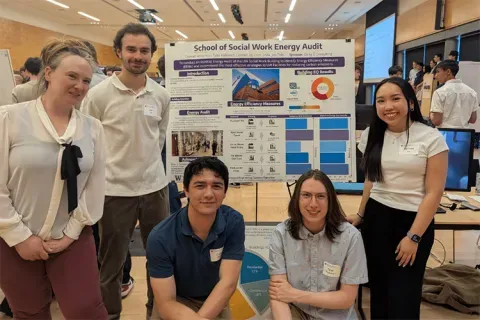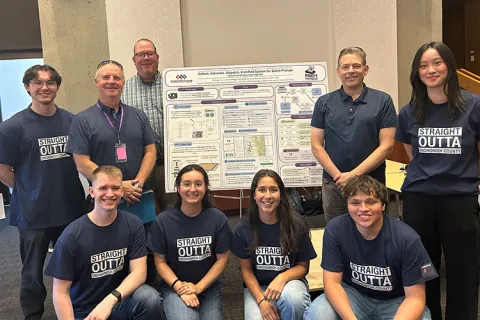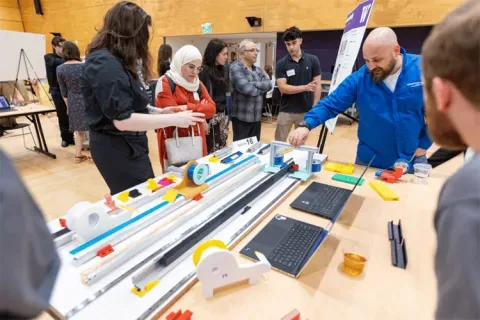Adaptable House
Anti-Sway Control of 2-Axis Overhead Mobility System for Adaptable House
The Adaptable Housing Project sought to answer problems of well-being and movement in the homes of aging and physically challenged people. Their solution was twofold: create a holistic physical environment adaptable to each individual’s special needs and unique challenges as they evolve over time - for living life at maximum freedom - and design all the components of that space to be beautiful and life-affirming. An important part of the design of the house was a mobility system that would avoid the limitations of traditional wheelchairs and walkers by using an overhead gantry and track system to assist the user with three different levels of support: --Independent: The user supports their body weight and walks on their own, and the system comes when called, follows them around, or provides slight resistance to support physical conditioning, and catches them if they fall. -- Intermediate: the system takes a substantial portion of the body weight but still allows the user to walk. -- Fully supportive: the user sits in a sling or similar device and the system lifts them, carries them where they want to go, and lowers them back down. In all modes, the system needed to cover a ~20x40 ft room, and be able to transfer the user to another track system in adjacent rooms. A house that is designed for people with fluctuating mobility capabilities, in particular, needs to control the planar actuation of an overhead support system so it can safely and efficiently move or follow the user throughout the house. This student team worked to focus on the control strategy for two axes and to design and build a benchtop prototype to demonstrate the various modes of operation. This project was one of 4 working on the Adaptable House mobility system. The students on this project were in the University of Washington Department of Mechanical Engineering Mechatronics program and focused on the controls system of the 2D gantry so that it could follow the user walking below while providing no resistance, lag the user, and provide some resistance, or fully move the user at a moderate speed without creating a sway or risking injury. This student team worked to collaborate with students on the other projects focused on the full scale system architecture, support interface, and lifting impedance control.
Faculty Adviser(s)
Eli Patten, Mechanical Engineering
Related News

Mon, 10/13/2025 | UW Mechanical Engineering
Capstone collaboration leads to award
An ME capstone team received first place for its energy audit of the UW School of Social Work building.

Thu, 07/17/2025
UW engineering students develop smart ballot solution
UW engineering students develop smart technology solution to improve ballot collection for Snohomish County.

Mon, 07/07/2025 | UW Mechanical Engineering
Capstone creations
Students displayed innovative capstone design projects at the 2025 expo.

Fri, 09/20/2024 | UW Civil & Environmental Engineering
Smarter irrigation for a greener UW
A new project combines satellite data with ground sensors to conserve water and create a more sustainable campus environment.